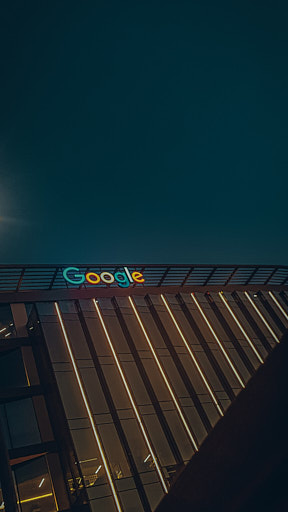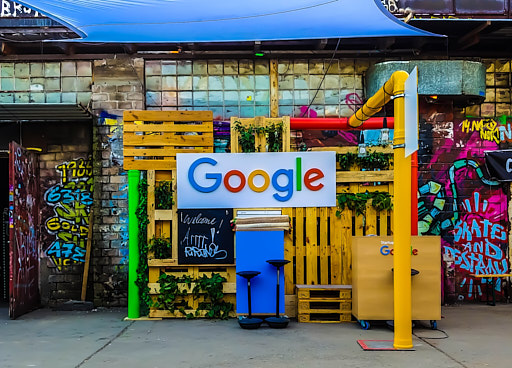Why Semantic Analysis is Important?
Sometimes an Google site may even rank higher than the website it is linking to. The extra link equity can help your other pages to rank higher and you should make the most to this benefit by investing in an Google Asset Stack today.
A lot of people reading this article probably already know about off-page or on-page SEO. You may also have heard about local SEO. The name itself could be a bit cryptic.
MyMaps has a range of amazing benefits that can be customized for companies. Instead of just displaying the address for your business, you could display the complete customer experience of specific products or services you provide!



